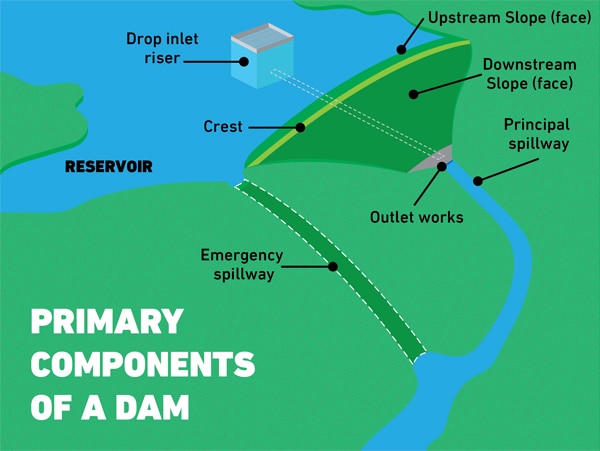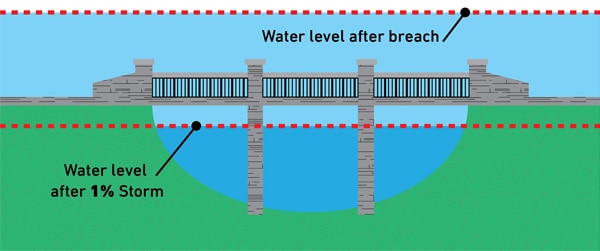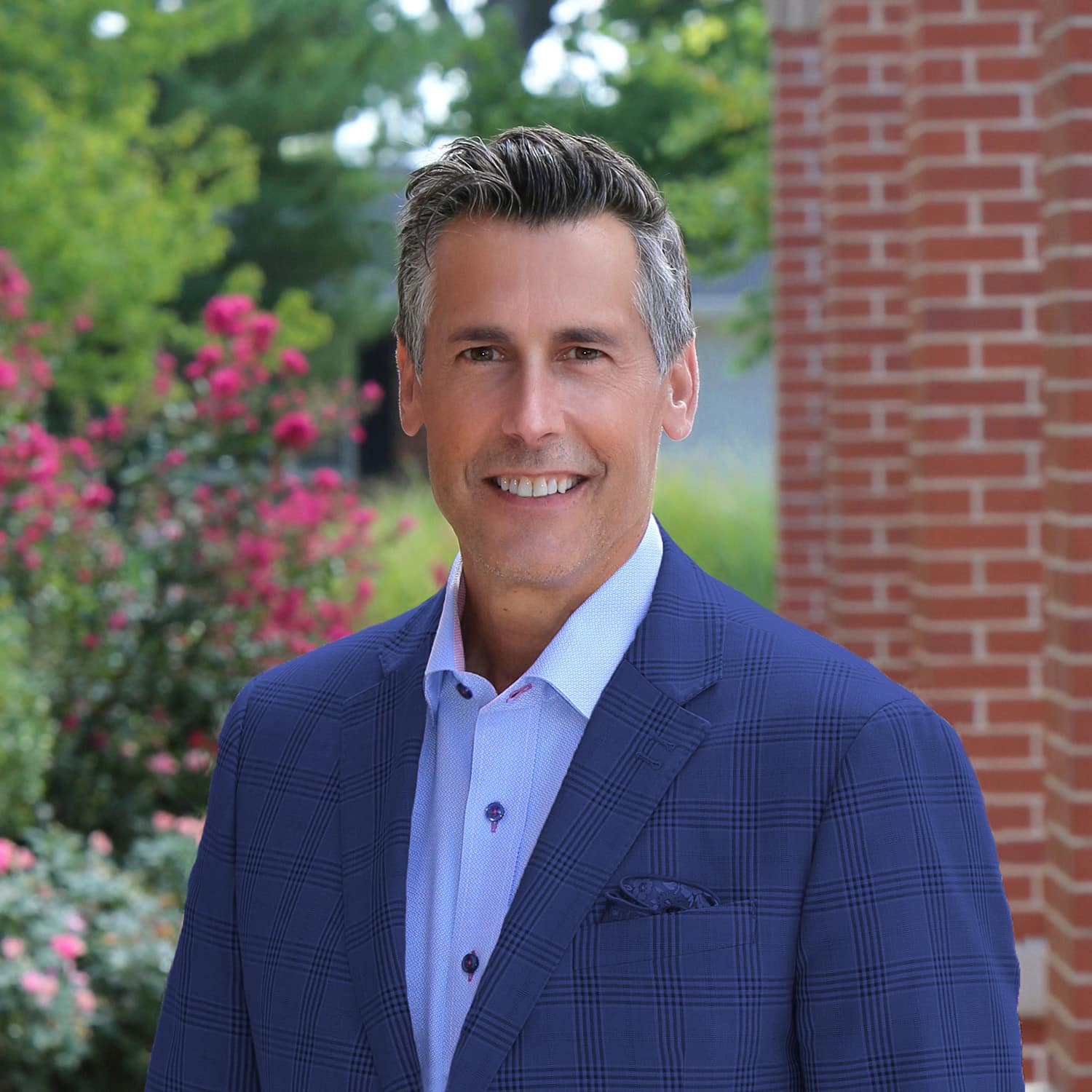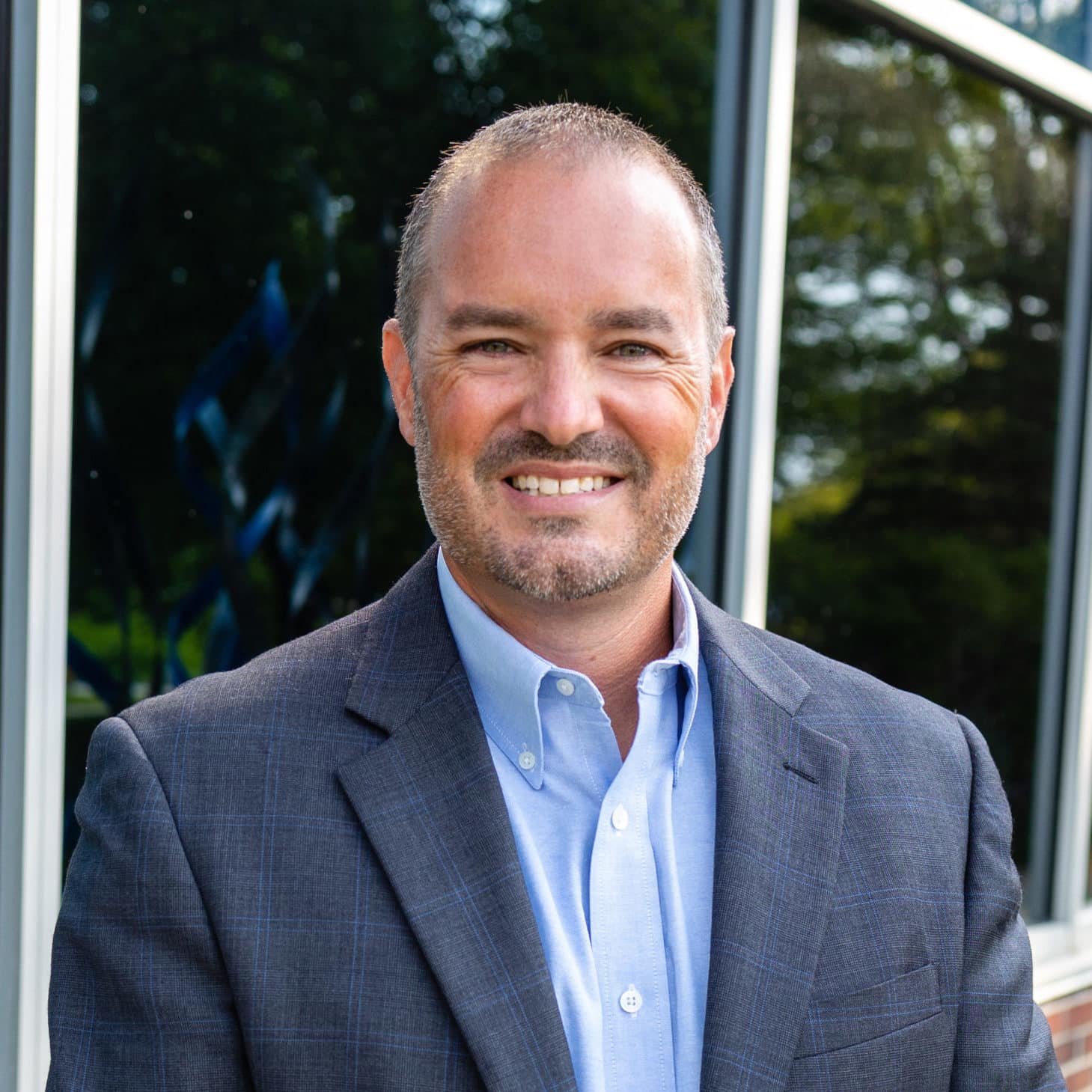
During dam inspections, engineers assess the integrity of the dam components and recommend needed maintenance on the upstream and downstream sides as well as the principal and emergency spillways. In Kansas, there are 6,403 dams, of which 276 are considered Class C high hazard dams.
When the news of the hole in the spillway of the Oroville Dam broke last week, newspapers featured infographics and explanations to answer readers’ questions about how dams work and what this accident could signal for the stability and security of critical infrastructure. For stormwater engineer, Matt Eblen, there was a much larger question – how was a problem in the spillway, which was detected years prior, not substantially addressed?
As stormwater team leader at McClure Engineering Company (MEC), Eblen inspects a number of dams annually to assess their integrity and maintenance needs. While he and others in the industry understand that paying for infrastructure projects through tax increases can be a hard sell, they also understand that improving or maintaining our critical infrastructure is no longer optional, and when infrastructure is not maintained, it puts lives at risk.
“When you see something like Oroville, I am wondering what happened to the inspections. Why weren’t they acted upon? For any community that lives near dams, levees, dikes or other permanent implements that work to control the flow of water, this situation should really raise awareness of the importance of the inspections and maintenance on these key pieces of infrastructure, especially when there are cities and people downstream. It’s almost impossible to overstate their importance,” said Eblen.
In Kansas, dam inspections are mandatory every three years for Class C high hazard dams, which are defined as dams where a failure could potentially cause loss of life, damage to more than one home or commercial facility, or impact a high-volume road. Inspections are required to be completed every five years for Class A and B hazard dams, which pose lower levels of risk in the event of a failure. During a dam inspection, an engineer documents and photographs the state of the dam on each side of the embankment, as well as the integrity of the principal and emergency spillways, then identifies any needed repairs.
“On the upstream side of the embankment, you look to make sure there is no erosion, and you look for any indentations or irregularities on the embankment,” said Eblen. “On the downstream side, you are looking for the same things, and you are also looking for signs of scour or seepage. You want to have good standing grass, that is mandated; however, if there is a really green patch of grass, that might be a sign of seepage.”
Eblen added that if there are trees or signs of animals burrowing into the dam, those are required to be removed as well. In Kansas, all dam inspections are required to be completed by April 30 each year, with repairs addressed within the following three years. One advantage of completing the inspections during the rainy season is that engineers are more likely to see if there is any seepage.
“Some of the maintenance on dams can be pretty simple, some can be pretty expensive, but when there are documented issues in the dam inspection, they need to be addressed,” said Eblen. “If there hasn’t been a lot of water, for instance if there is a drought situation like there has been in California, it can be easy to forget about or delay the work, but the work has to be done or you end up facing emergency situations like Oroville.”
Eblen added that while the work required on dams can be expensive initially, the earlier issues are addressed, the more cost efficient the repairs.
In addition to the mandatory inspections every three or five years, dams are required to have an emergency action plan, which outlines steps to be taken if there are problems with a dam, from minor issues up to a failure.
“You have what is called an inundation zone,” said Eblen. “If the dam were to fail, the inundation zone covers everything downstream that would be inundated with water. When you are looking at the size of something like this, the wave of water resulting from a failure can be enormous, and create water levels of three to more than 10 times the 1 percent storm immediately downstream.”

If a bridge is located in the inundation zone and the dam were to breach, water levels could reach more than three to 10 times the water level created by a 1 percent storm.
To provide perspective on this, Eblen explained that in the Kansas City metro, a 1 percent storm deposits eight to nine inches of rain in a 24-hour period. For Oroville, because of the size of the dam, the inundation zone included the nearly 200,000 people who had to be evacuated when the spillway began failing. Officials estimated that a dam failure would result in a 30-foot wave impacting several cities.
“Water is a powerful element,” said Eblen. “When infrastructure works, it’s easy to forget and not notice it, but maintaining infrastructure for safety is imperative. These inspections protect people’s lives.”
California has 1,585 dams. In Kansas, there are 6,403 dams, of which 276 are considered Class C high hazard dams.
“Some of this infrastructure has been in place for 80 years, and water has been going over or through it,” said Eblen. “Water can cut into limestone. What do you think happens when it flows over concrete for that many years? Without proper inspection and maintenance, water always wins.”

















